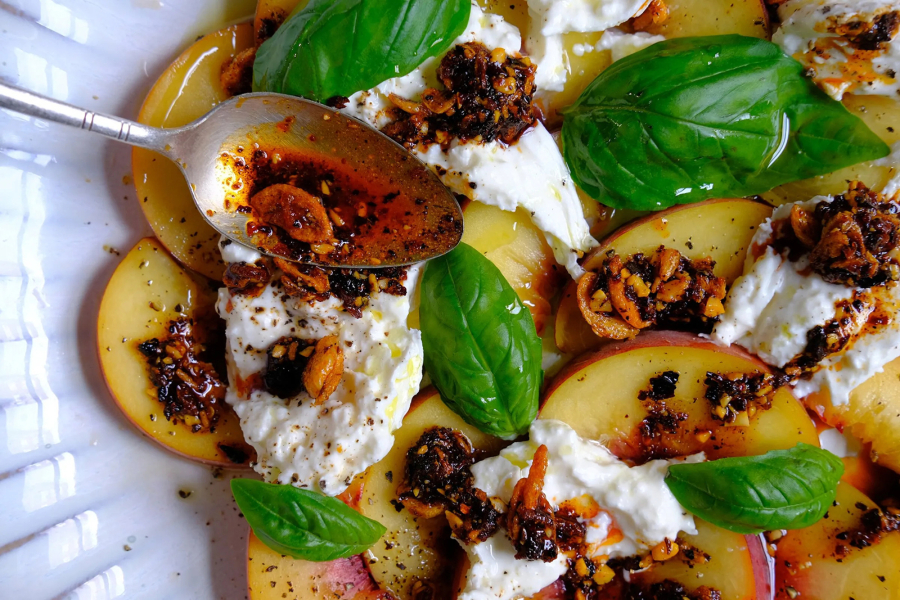SEATTLE — The spicy, slick, crunchy, garlicky, umami goodness that is chili crisp isn’t new by any means from a global perspective, but it’s been having a moment in the broader food culture of the United States of late, and one Seattle version has become a national phenomenon. Ruby Sparks and Rob Griset started KariKari out of their Capitol Hill apartment just before the pandemic, in an intense process that led to huge — for artisanal-scale — success.
The cult condiment following has become so zealous, they’re now offering KariKari on a subscription basis, with big jars of it delivered on the regular to those who never, ever want to run out. And now local food-heroes including Blotto, Musang and Umami Kushi stock KariKari for retail sale — along with hundreds more restaurants, specialty shops and markets nationwide.
Here, Ruby and Rob tell the story of dozens and dozens of taste-tests, a lot of mess, not knowing what they were doing, the help they found along the way and more — and share a recipe for a spicy, umami, peachy, creamy, herbal salad to celebrate the end of summer. (This interview has been edited for length and clarity.)
For those who haven’t had the pleasure, what is chili crisp, and what makes KariKari so good?




